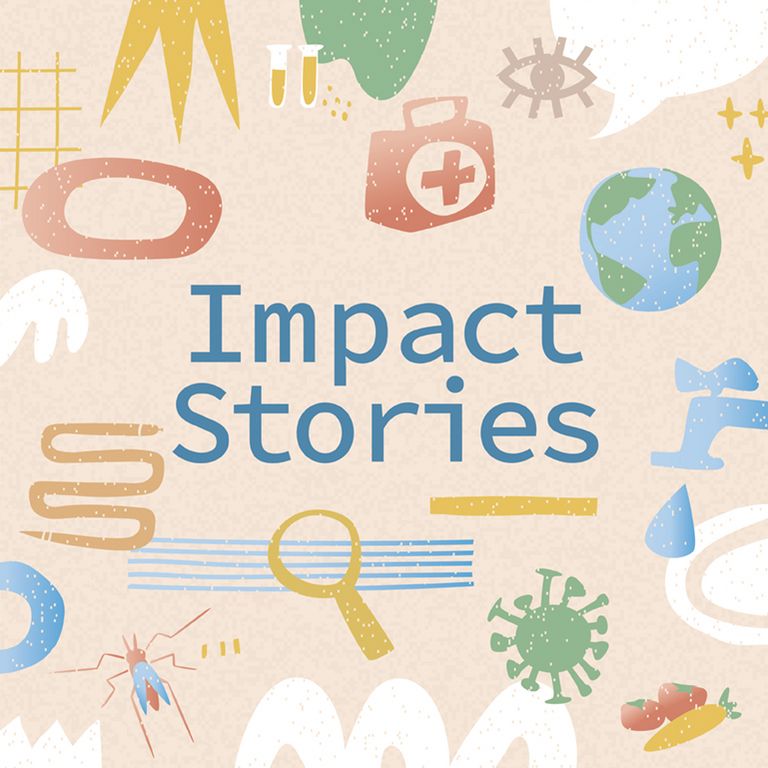

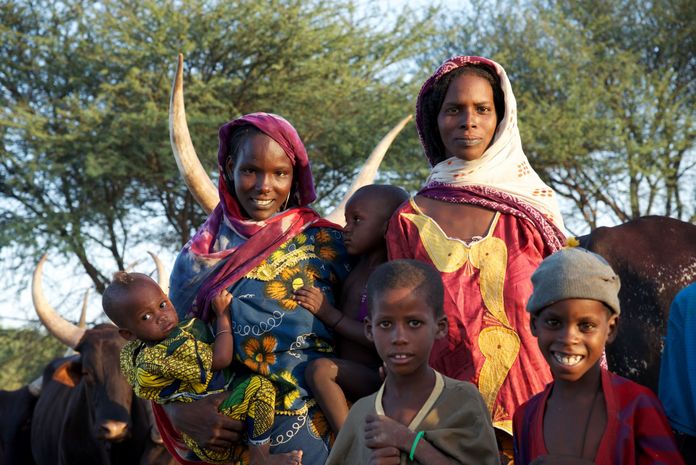
What do health and spirituality have to do with each other? Jakob Zinsstag, Head of the Human and Animal Health Unit at Swiss TPH, has worked in many places around the world and met people with different religious and non-religious traditions, views and attitudes. Time and again, he has realised that the understanding of health and well-being has many dimensions and that in his view, a holistic approach to health should include not only scientific but also spiritual aspects.
One Health is defined as the added value of a closer collaboration between human and veterinary medicine and related sciences. This added value can be measured as improved human and animal health, financial savings and improved environmental services.1 The One Health approach has great potential for improving human and animal health, protecting the environment and preventing future pandemics.2 One Health also includes spiritual needs as part of holistic health.3 Moreover, a One Health approach shows overlapping areas of spirituality between humans and animals.
My experience with spirituality and health began immediately after my studies in 1986, when I worked as an assistant veterinarian in the canton of Jura, Switzerland. Once I was called to a farm to a sick cow. On arrival at the farm, the farmers told me: "On a fait le secret, mais cela n'a pas marché, alors on vous a appelé." In English: "We did the secret treatment (spiritual secret ritual), but it didn't work, so we called you." This showed me that for many people there is a spiritual dimension to health. Only when this fails do people turn to conventional medicine, even for animals. The aspect of spirituality is something that I had not learned about in my studies.
Amulets, knifes and the marabout
Later, my work took me to Gambia for eight years in a veterinary project. In Gambia, almost all of our staff wore amulets. Once, somewhat provocatively, an agnostic Swiss student working on the project asked a Gambian colleague what the amulet was used for. The colleague replied that it protected against knife wounds and bullets.
To prove it, he took one of the big slaughter knives we used for dissecting animals and stuck it in his chest. The knife penetrated the pectoral muscle. At that moment, I entered the lab and saw the student who suffered a shock. I quickly picked him up off the floor and then rushed the Gambian staff member to the hospital to stitch up the wound. A week later, he told me he needed a new amulet, that the marabout had deceived him. Spirituality is an integral part of protection from injury for many Africans.
Nomadic pastoralists
In 1997, I was asked to take charge of a project to improve healthcare for nomadic pastoralists in Chad. Since these people live very closely with their animals and are constantly on the move in search for new pastures and water, they fall through the cracks of public healthcare, which is limited to local health centres. I remember reading Calvin Schwabe's book "Veterinary Medicine and human health", in which he coined the term "One Medicine".4 One Medicine means that there is no paradigmatic difference between human and veterinary medicine and that the two should work closely together. We expanded the term to "One Health".5 As mentioned above, we understand One Health as the added value of closer cooperation between human and veterinary medicine and related disciplines.
In order to prove this, we formed a research team of human and veterinary staff, who examined the health of nomadic pastoralists and their animals at the same time. We found that more animals were regularly vaccinated than humans. Not a single child was fully vaccinated against common childhood diseases such as whooping cough, diphtheria or tetanus.
When we asked an animal owner why more cows were vaccinated than children, she told us: "Pour les animaux nous sommes responsables, pour les enfants c'est Dieu". In English: "For the animals we are responsible, for the children it is God". The health of the children was thus left to God. This is understandable to some extent, as the living conditions of these people are so harsh that many children die early without being able to receive adequate care.
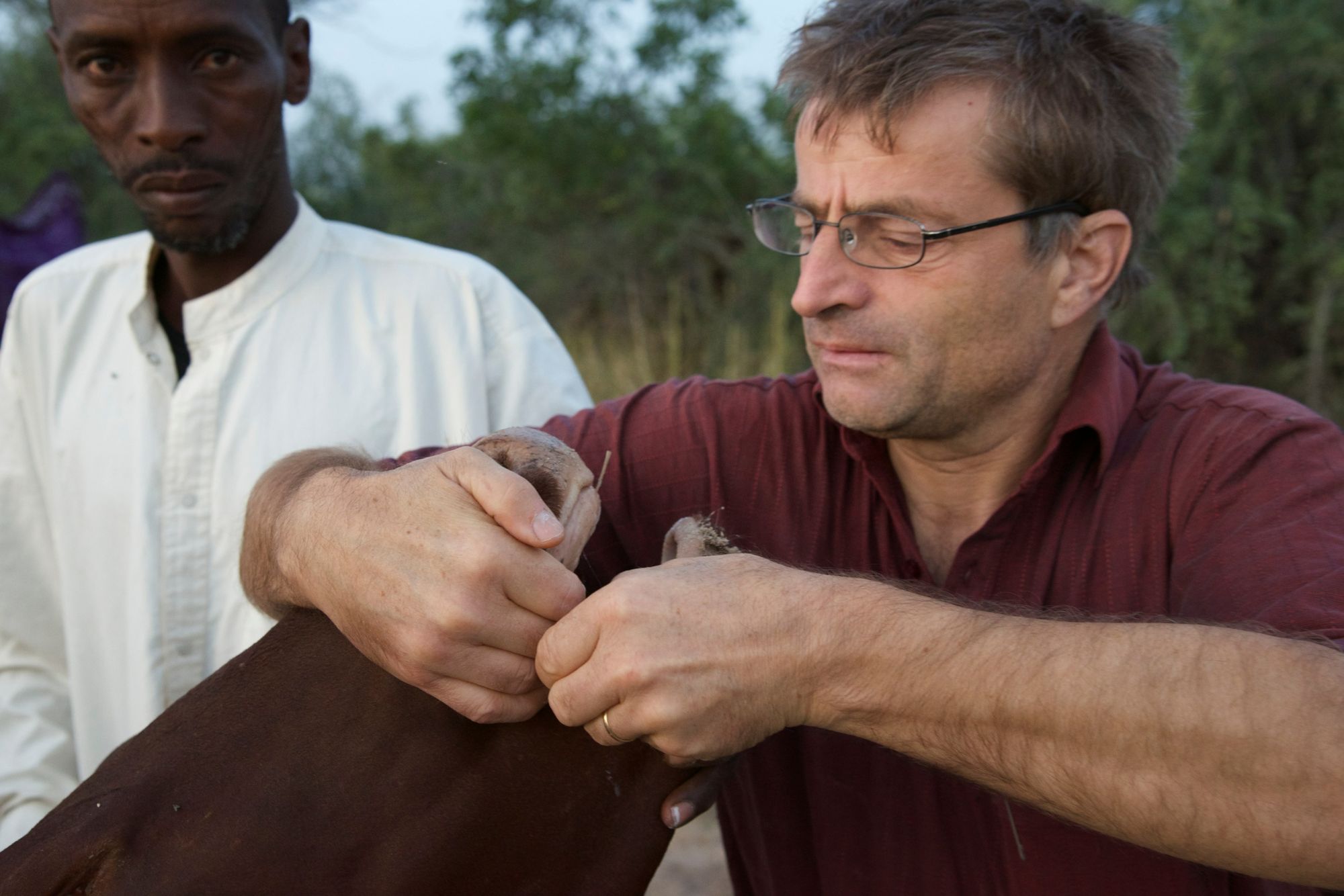
Transdisciplinary research
In participatory transdisciplinary planning sessions with the population and the authorities, we agreed to conduct joint vaccination campaigns for humans and animals. When the veterinarians went to the field, they took human medical staff with them in the same car and the vaccines for humans and animals were transported in the same refrigerator. This saved us 15% of the costs compared to vaccination campaigns conducted separately and allowed us to provide basic care to a population that otherwise would not have had access to care.6 In this way, we were able to demonstrate the benefit of closer collaboration between human and veterinary medicine.
From Chad, we extended our work to Tuareg nomads to northern Mali in an area 100 km north of Timbuktu. A Swiss cultural scientist lived there for months and had many conversations with women. She was accepted as a family member because she could read the Koran to the women in Arabic.7 In one such conversation, a woman said: "We know that Western medicine works. Vaccinations protect children. Yet we hesitate to use modern medicines and vaccines because they don't have the baraka, the blessing of God, for us [from an Islamic perspective]." For this woman, then, it was important that a medicine not only works physically, but is also blessed by God. From their point of view, the salvation of the soul and the bodily health are closely linked. This woman obviously sensed that the god of the pharmaceutical industry is not necessarily God, but Mammon, or in other terms, "shareholder value".
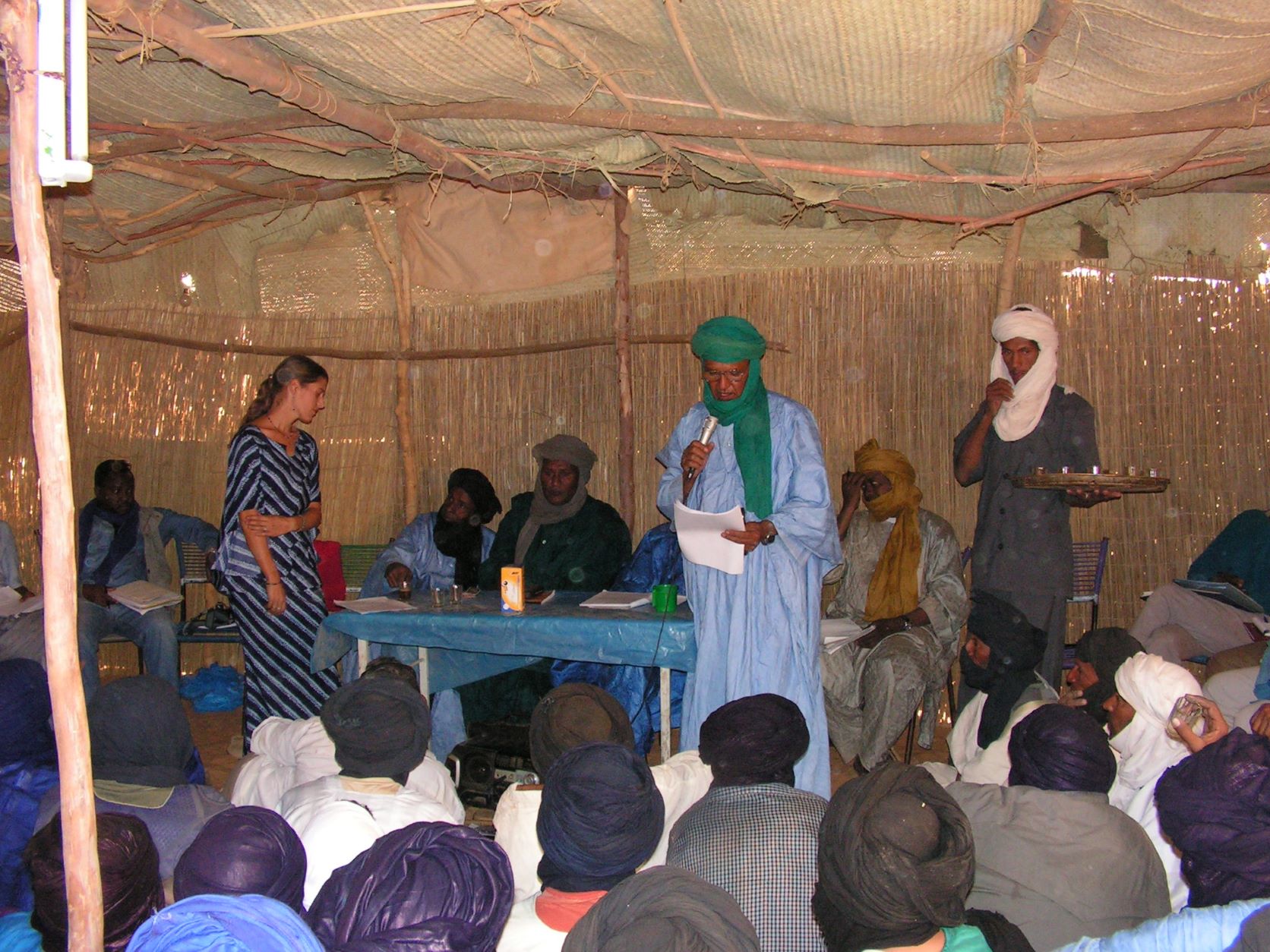
Mayan medicine and healers
In another project, we worked in partnership with the Universidad del Valle in Guatemala on the surveillance of diseases transmitted between animals and humans. In the same way as in Chad, we carried out participatory transdisciplinary processes involving the authorities, the population and Maya healers. Our dialogue between Maya medicine and modern biomedicine showed that our ways of thinking (epistemologies) were too different for a direct connection. We agreed to put the patients in the foreground.
They could decide what kind of treatment they wanted without being pressured by one or the other way of thinking. In this way, a patient who was suffering from an abdominal hernia and needed surgery decided that she would first go through a spiritual ritual with a Mayan healer before entering the hospital. In this example, too, spirituality is closely linked to health for the people.8
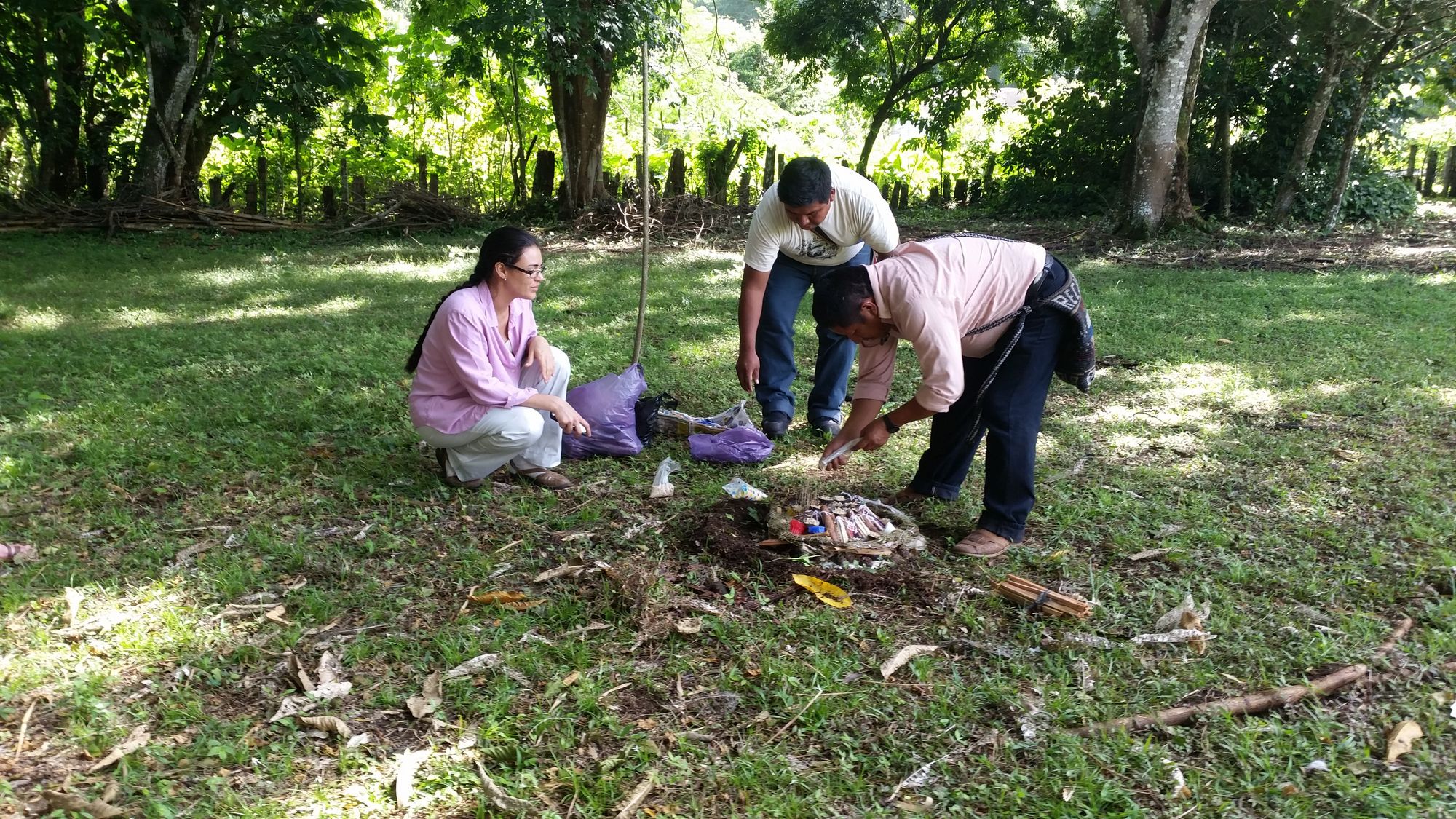
Spiritual dimension of health
From a One Health theoretical perspective that seeks added value in health, financial savings and preservation of environmental services, the spiritual dimension is an integral part of health. The health of the soul, the perceived salvation of the soul, and physical health go together. A comprehensive view of health should include the spiritual dimension. The patients are in the foreground. They should be able to express their spiritual, psychological, social and physical needs without interference and be cared for accordingly.
Our modern medicine still has a lot of catching up to do in bringing all these needs into better balance and addressing them in training. Doctors, psychologists, nurses and theologians must work together closely and without bias in the service of the patients.
The amulet
Personal addendum: A week after the incident in the lab, I visited the Gambian staff member who stabbed himself in the chest. He was fine and so I asked him if he was not surprised that I was not wearing an amulet. He did not know the answer to that and I told him I believed that not a hair on my head could be bent without God knowing and that I therefore had nothing to fear. He replied that he still needed a new amulet.
Literature
1 Zinsstag J, Schelling E, Crump L, Whittaker M, Tanner M, Stephen C (2021) One Health: The theory and practice of integrated health approaches. Wallingford: CAB International.
2 Zinsstag J, Utzinger J, Probst-Hensch N, Shan L, Zhou X-N (2020) Towards integrated surveillance-response systems for the prevention of future pandemics. Infectious Diseases of Poverty 9:140 1–6.
3 Fries R, Tschanz Cooke K, Berger Gonzalez M (2021) The spiritual dimension of health. In Zinsstag J, Schelling E, Crump L, Whittaker M, Tanner M, and Stephen C (Ed.), One Health: The theory and practice of integrated health approaches. Wallingford: CAB International. 356–367.
4 Schwabe CW (1984) Veterinary medicine and human health. Baltimore: Williams & Wilkins.
5 Zinsstag J, Schelling E, Wyss K, Bechir M (2005) Potential of cooperation between human and animal health to strengthen health systems. Lancet 366:2142–2145.
6 Montavon A, Jean-Richard V, Bechir M, Daugla DM, Abdoulaye M, Bongo Nare RN, Diguimbaye-Djaibe C, Alfaroukh IO, Schelling E, Wyss K, Tanner M, Zinsstag J (2013) La santé des pasteurs mobiles au Sahel – Bilan de 15 années de recherches et developpement. TMIH 18(9):E1-E10. doi: 10.1111/tmi.12148.
7 Münch AK (2012) Nomadic women’s health practice: Islamic belief and medical care among Kel Alhafra Tuareg in Mali. Basel: Schwabe.
8 Zinsstag J (2020) One Health – towards a more inclusive science. Rural 21 54(4):4–8.